Nissan Ariya review: All-new electric SUV tested
I think it’s fair, and only a tiny bit harsh, to say that no one ever bought a Nissan Leaf because they loved the look of it.
Sure, it was groundbreaking, historically important and hugely successful, in relative terms. It was, at some points, the biggest selling EV in the world, but the first one looked a bit like all the budget had been blown on technology and the styling department were given a fiver and a pencil and told to get on with it.
The latest pure EV from the early adopter brand that’s not run by a megalomaniac, the new Nissan Ariya, is something very different indeed. Some people might not love the styling, but those people are wrong. Not only does the Ariya make an EV look good with its cool, sci-fi styling, inside and out, but it manages to do it in a vehicle that’s a crossover SUV, a segment that the mainstream loves.
If you like the look of its concept car made real face and its smooth surfaces in pictures, trust me, you’ll love it in the flesh, and you’ll be blown away by the size and futuristic feel of the interior, which is light years ahead of what you’ll find in a Leaf. And feels a lot more premium than anything from Tesla.
We flew to Sweden to try out the new Ariya at its international launch.
Nissan Ariya review: Value
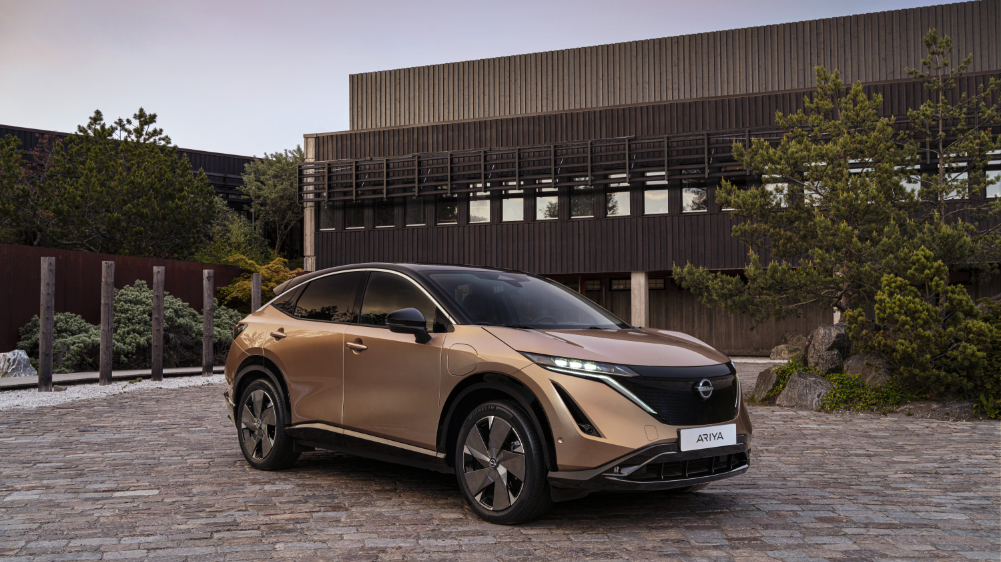
Price is going to be absolutely vital to the success of the Ariya, but at least Nissan will be able to justify its inevitably premium price positioning by pointing to the quality feeling of the interior and the materials.
At present, we don’t know what that price will be and Nissan Australia won’t even engage in speculation, probably because there’s no definitive word yet on when the car will even arrive down here.
Nissan is prioritising markets that actually buy a lot of EVS, so the rest of this year will be all about Europe, China and the US. We should get Ariya in 2023, and when that decision gets close then we’ll be given a hint on the price. Coming in $10K under the Tesla Model Y would be a good plan, but anything under $60,000 would be great. But also perhaps optimistic.
Nissan Ariya review: Inside
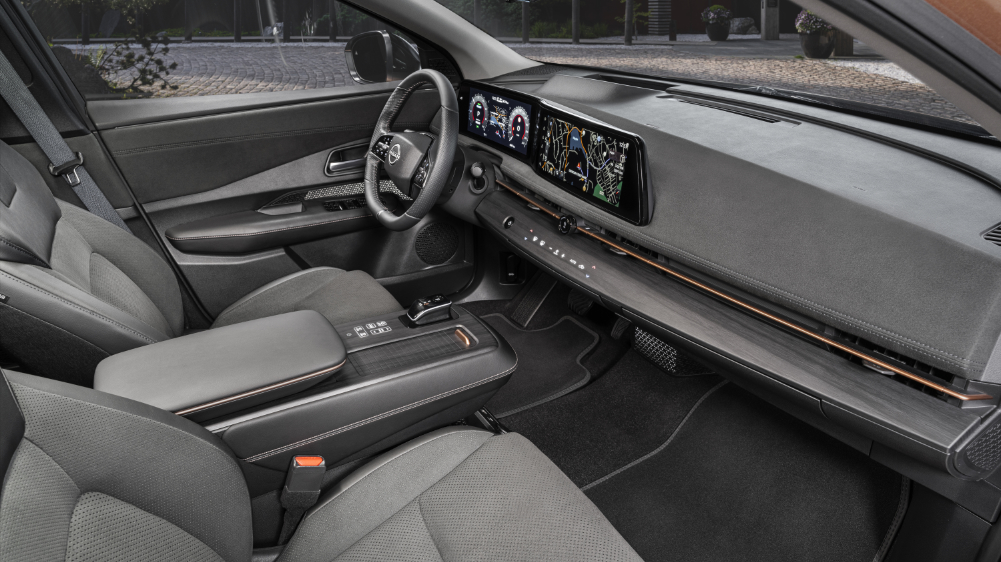
Two things seems to define interior design across the board for almost EVs – maximum space and minimum stuff. Minimalism is the future, apparently, and the Ariya’s cabin is all about reducing clutter to enhance the feeling of space.
And there’s loads of that, with a flat floor – aided by the batteries underneath being up to 33 per cent slimmer than they were on Leaf – and plenty of legroom for driver and passenger, thanks to Nissan pushing the climate control gubbins forward, under the hood.
The general feeling is premium, with lots of nice, soft-touch materials, and a timber-like strip across the dash which features lovely, embedded buttons with haptic response. I liked them a lot
You also get a “Magic Box”, a storage cubby under the dash that slides open and shut at the push of a button and is big enough for iPad storage. Or a lot of lunch.
Between the seats is a vast Sliding Centre Console, which offers storage, a handy, hidden wireless phone charger, and can be shifted at the push of a button to create more space for someone seated in the middle of the rear row.
Speaking of which, you can genuinely sit three adults in the back, and the outboards seats offer truly impressive amounts of leg room.
Overall the Ariya feels spacious and a quality level above most Nissans.
Nissan Ariya review: Performance and efficiency

We don’t know all the details for Australia yet, but you can bet there will be an entry-level spec for Ariya, with front-wheel drive only and a 64kWh battery, connected to an electrically excited synchronous motor, good for 403km of range, and making 160kW and 300Nm.
Then there will be a bigger 87kWh version, which bumps range to a 533km, and takes power to 178kW (torque stays the same at 300Nm).
The range-topping version will be called e-4orce, which is annoying to type, and will have two electric motors for all-wheel drive, the 87kWh battery, 225kW, 600Nm, a 500km range and a 0 to 100km/h time of 5.7 seconds, compared to the 7.6 seconds of the two-wheel drive.
The e-4oce also has a towing capacity of 1500kg, which is double the two-wheel drive’s offering.
The exciting figure for the 63kWh Ariya is 28 minutes of charging, that’s the claim for how long it takes to get from 20 to 80 per cent charge on a DC charger. Nissan says that you can get up to 350km of range in half an hour.
On a wall box with three phase power and 22kWh charging, you can go from 10 to 100 per cent in 3.5 hours.
With a 7kWh single phase wall box, that 10 to 100 per cent charge will be 13.5 hours.
The Ariya’s claimed efficiency is 17.6kWh/100km for the 63kWh variant and 18.1kWh/100km for the 87kWh in two-wheel drive. The AWD version is yet to be determined.
Nissan Ariya review: Ride and handling
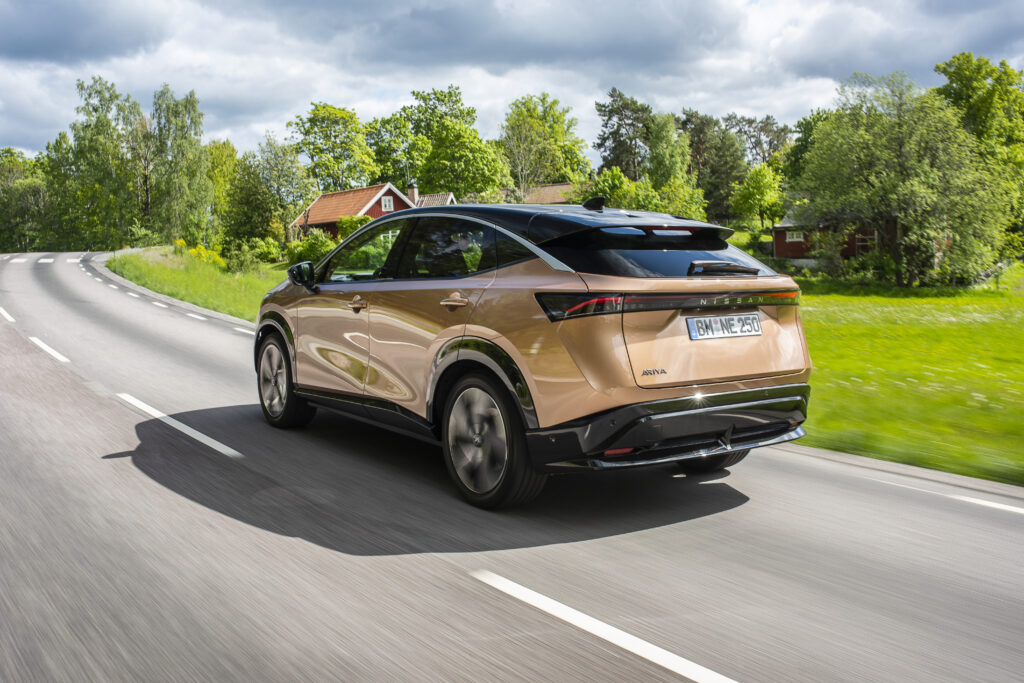
Unfortunately, Nissan chose to launch the Ariya in Sweden, the country that driving fun forgot and a place where there are more speed cameras than trees.
We did find the odd, winding country road, but the speed limit on those was generally 40km/h, sometimes 60 if you’re lucky. Being fearlessly brave we had the odd go around some bends at Only Illegal in Sweden speeds and found the Ariya to be quiet capable in corners, sitting lovely and flat. After receiving feedback from Leaf owners that its steering was bit light on, Nissan made the Ariya’s steering quicker, and meatier, and has done a good job with it. The sporty, AWD version should be quite fun.
The entry-level variants we drove had plenty of that mid-range, instantaneous punch that makes EVs fun to drive, but it was a bit lacking in whallop in in the initial, off the line accelerating phase.
Overall, though, the Ariya drive experience is smooth, quiet and pretty well premium in feel.
Nissan Ariya review: X-Factor
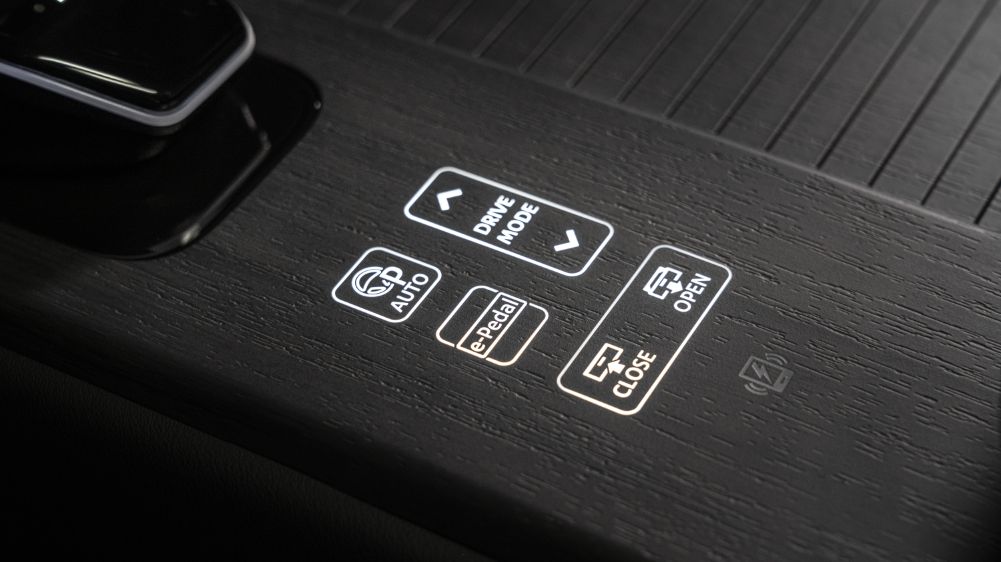
While the exterior design is pretty fabulous and appeals to me personally, its’ the spaciousness and quiet of the cabin that I think makes the Ariya stand out, that and the haptic buttons.
Nissan Ariya review: Verdict
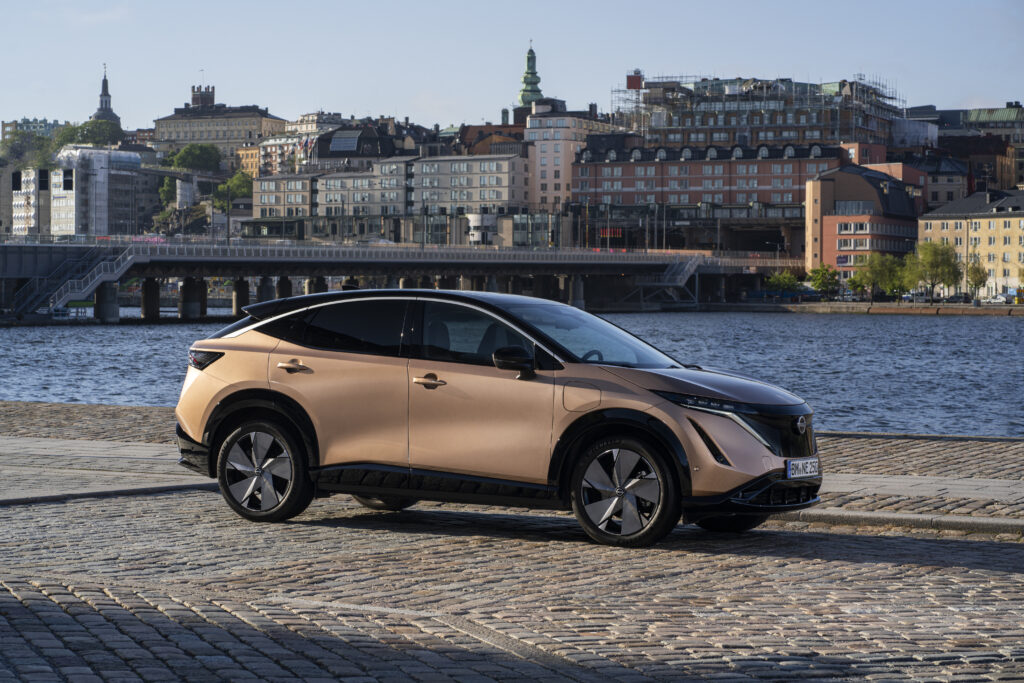
There really is a sense of something new and exciting about the Nissan Ariya, and it genuinely does leave the Leaf for dead in terms of styling, comfort and practicality.
There’s no doubt that the base model’s 403km range feels a little low, particularly against some of its competitors, but there’s enough style and substance here to make the Ariya a stand out, and its crossover SUV dimensions will also appeal to the Australian market.
The big thing, when it comes, will be the price. If Nissan can put a decent number on it, the Ariya should sell like hot cakes, just as Australia’s interest in EVs starts to take off.

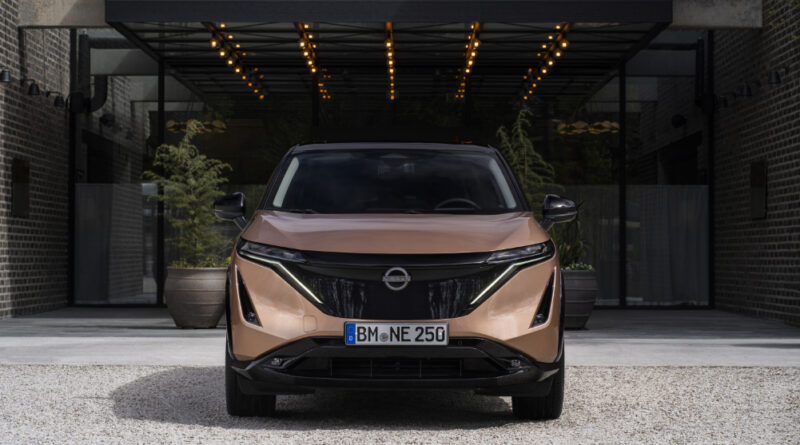
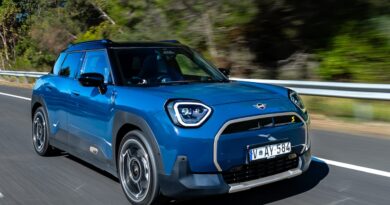
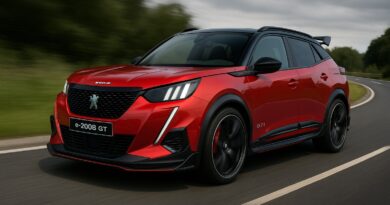
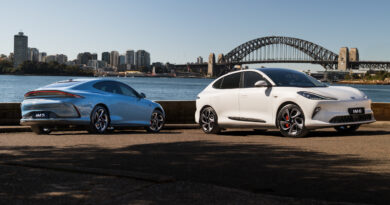
Exciting times watching the development of new EVs and newer, more efficient battery chemistries seemingly every week.
The Ariya is a nice looking beast, it will probably send more Neanderthals into a chest beating frenzy but hey, the Neanderthals no doubt would have claimed the invention of the wheel was fake news… if they had lived long enough.
The wife and I have just clocked up 48K kms on our 2021 Kona Highlander EV in Perth. It is our primary drive car while my 2021 Isuzu D-Max sits idle in the driveway. The Kona is so much fun to drive, quiet, brutally fast and with a private plate that reads “CHARG3DUP” unfortunately it seems to trigger every man in a Coal fired Patrol or Landcruiser.
The wife and I look for reasons to drive somewhere, and we recently added to our home solar giving us a total of 8.5KW to pump into the Kona on a sunny day. Up until recently we only used our 10a home power outlet without a problem until recently installing a 7KW Zappi intelligent home charger.
I have a game whereby I try to see how little energy I use travelling to work and back, a 40km round trip. The best I can achieve in summer has been 10.2 KwHr /100kms. In Perth with our residential electricity tariff of .29c Kw/Hr it equates to $2.95 per 100 kms. If I drove my D-Max it would cost me about $18.70 in Diesel for that same 100kms.
We are looking forward to maybe one day buying something like a 430KW Kia EV6 GT or similar. In the meantime we’ll just have to be satisfied bolting from the traffic lights like a stabbed Cat while Bogans furiously Redline their coal burners whilst becoming nothing more than a spec in our rear view mirror. Ahhhh…good times!